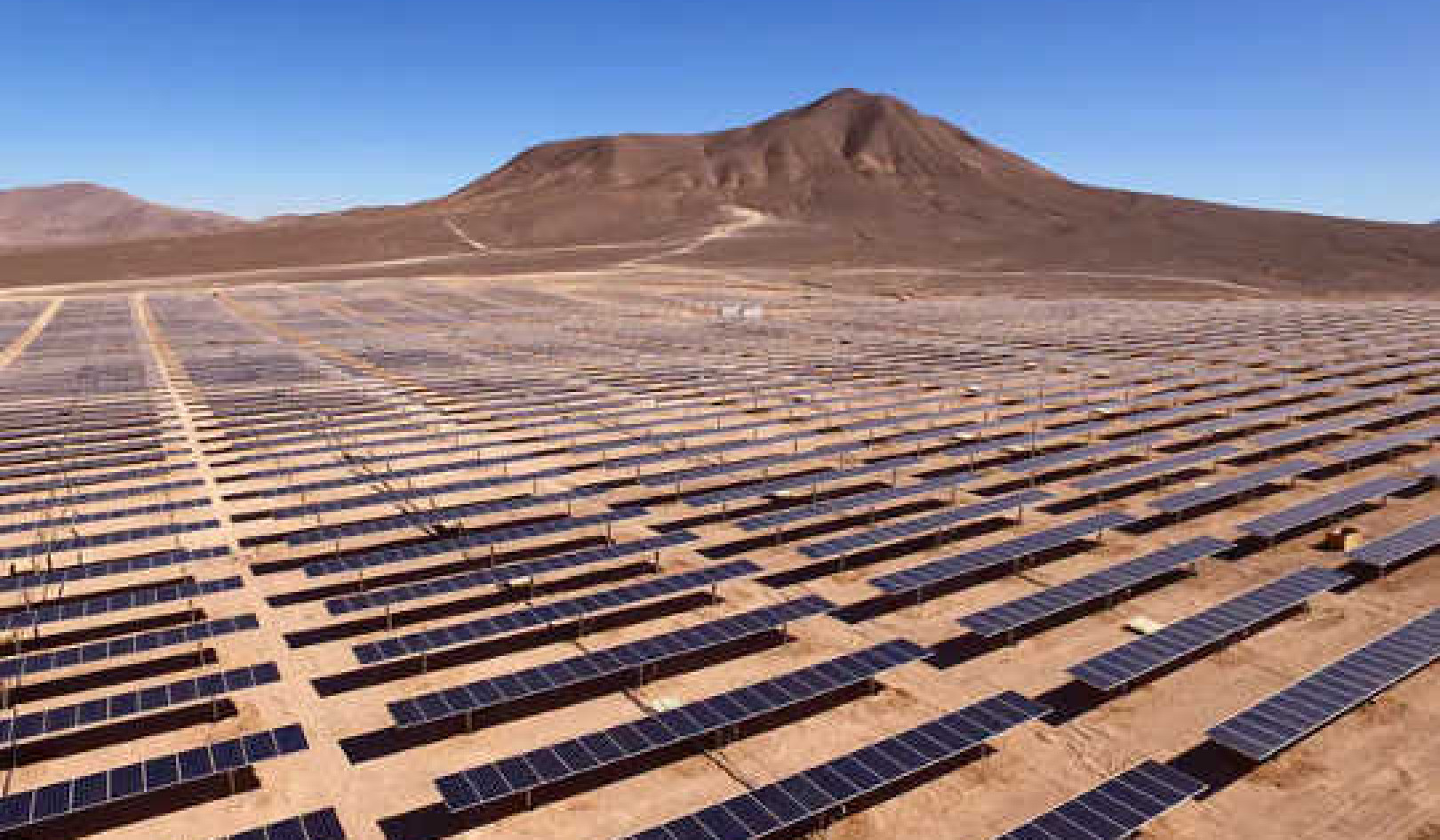
Is Britain really using far less food, fuel, metals and materials now than at the turn of the century? Have we reached “peak stuff”? Certainly the UK Office of National Statistics figures for 2000-2013 seem to suggest this is the case. The problem is that these figures don’t take into account the full range of materials that went into the products we import.
The ONS calculates the effects of trade on the UK’s materials use in a way that takes into account everything required to produce any goods consumed in Britain, whether they originated in the UK or abroad. This is called the total raw material consumption, and is effectively the country’s “material footprint”. To reach this figure, ONS takes the materials extracted from within the UK’s territory, subtracts those materials involved in the production of exported goods, and adds materials that are involved in the production of imported goods.
Removing the impact of exported goods is straightforward because we know the total materials that are required to make UK products. But in order to estimate the materials involved in imports, we need to know how much of each different type of product we import, from where, and how efficiently industries are in the country that produces that product. The problem is that the ONS assumes that UK imports have the same profile as the European average when in reality the UK’s trade partners will be different. This is important because production practices vary worldwide and knowing exactly where the UK imports from will give a more accurate number for the material footprint.
Filling the gaps
So our research group tried to calculate the UK’s material footprint taking this production variation between countries into account. To do this we used a model of global trade that understands how industries trade with other industries all over the world. What we found was that while domestic material consumption has fallen (the blue portion of the figure below), this has been overshadowed by rising imports – particularly from China and the rest of the world where material efficiency is, on average, worse than Europe.
We found an estimated material footprint for the UK for 2011 that was 18.5 tonnes of material per person, with 57% of this originating from China and the rest of the world. In 2001 this proportion was 47%, and in 1970 it was just 15%. This is considerably higher than the figures reported by the ONS for 2011 where the material footprint is 10.3 tonnes per person.
Our figures also reveal a sharp increase of consumption until the economic crisis in 2008, and a study by Thomas Wiedmann and colleagues published recently concluded something similar: that Britain’s material footprint has risen over the last 20 years, peaking at around 25 tonnes per person in 2008. The ONS report on the other hand points to a general decline in UK material consumption, and particularly that this decline comes despite a growth of GDP at the same time.
Digital stuff
Could this be, as has been suggested, due to UK households purchasing fewer resource-intensive goods – for example, by replacing physical items such as CDs and books with digital media? In fact our research shows that both the increase prior to the economic crisis in 2008, and the fall that followed it, are mainly driven by the use of construction materials.
ONS data for the construction industry shows that the value (in 2013 prices) of construction industry work increased from £44 billion in 2000 to £81 billion in 2007, before dropping to £66 billion in 2009. House building rose from 176,850 completions in 2000 to 226,420 in 2007, plunging to 137,280 in 2010. This is matched by a reduction in the portion of the material footprint between 2008 and 2009 made up by construction materials, which fell by 7.3%, ores by 1.0%, and fossil fuels by 3.9%.
So have Western economies like Britain really hit “peak stuff”? We’d argue that the materials required by the UK follow the patterns of economic growth more closely than the data reported by the ONS. Speculation that this has peaked seems premature while we are still in a period of economic recovery. Only time will tell if we can successfully decouple the link between GDP and material use – buying less even as we grow richer.
About The Author
This article originally appeared on The Conversation
Related Book:
at InnerSelf Market and Amazon



 Anne Owen, Research Fellow in Sustainable Consumption, University of Leeds. Her current research project is the suitability of global trade models for climate change mitigation strategy.
Anne Owen, Research Fellow in Sustainable Consumption, University of Leeds. Her current research project is the suitability of global trade models for climate change mitigation strategy.




















